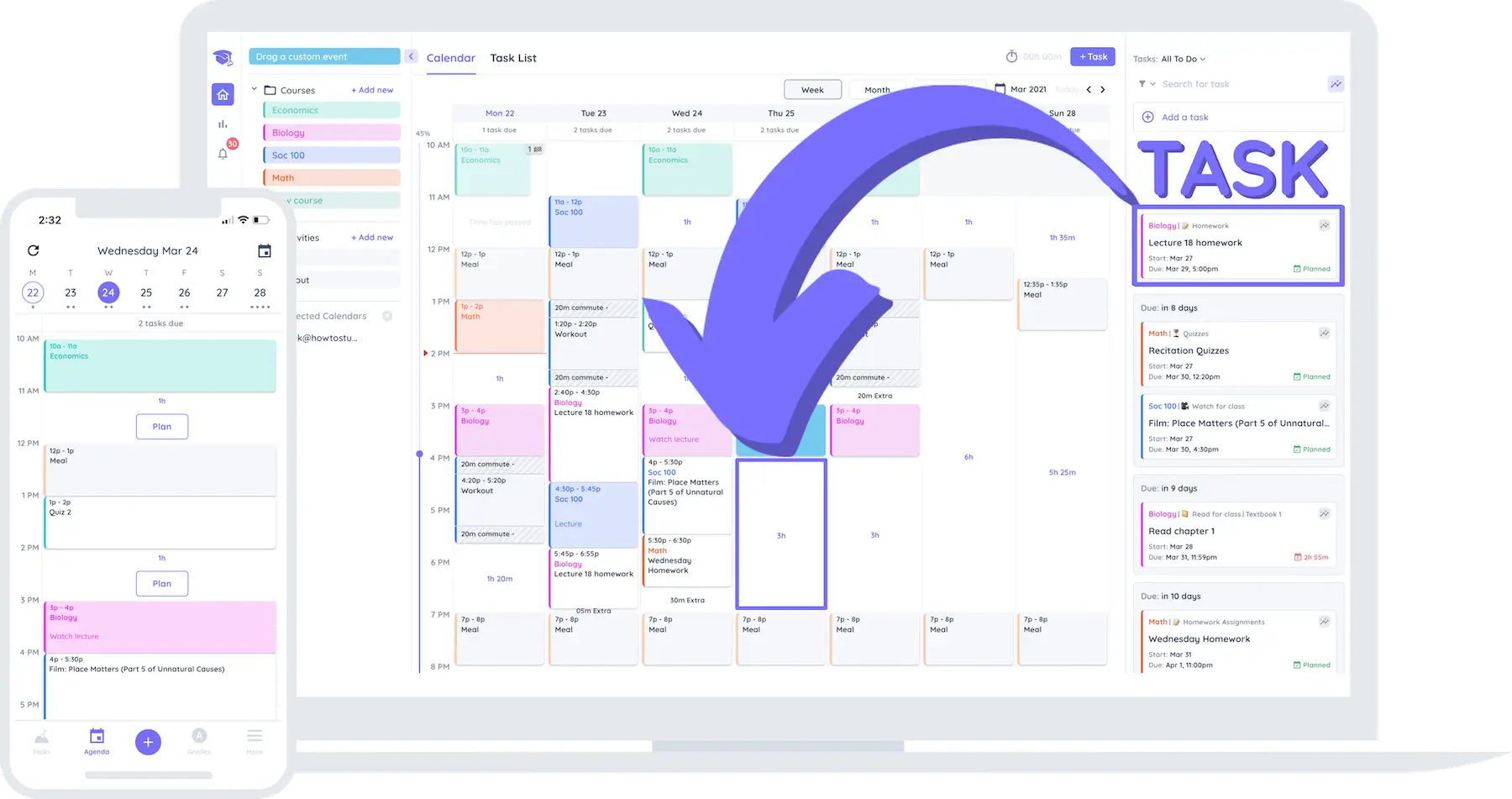Come New Years, the summer, the weekend, we make our lists—we will use the fresh start, the extra time, the good weather to exercise more, eat better, make more time for friends, pursue that old passion, start that new business…We are bright eyed and determined. We will wash our faces every day, floss our teeth, go to bed early, bloom into our best selves. We buy a gym membership or set a reminder on our phones or read a book about mindfulness or promise we will start everything tomorrow. We keep it up for a day or two, a month or two. And then it’s a week, a month, a year later, and here were are again, recommitting ourselves with renewed vigor, promising ourselves it will be different this time.
Sara Brand was intimately familiar with this song and dance. Frustrated by years of failed New Year’s resolutions, she finally decided to step out of the cycle of critical self-talk—she didn’t want change badly enough, the timing wasn’t right, her will wasn’t strong enough—to get curious about habit formation. Training with Tiny Habits Academy, a behavior coaching certification program run by Stanford psychologist BJ Fogg and his sister, Linda Fogg-Phillips, completely changed the way Sara understood habit formation and her own previous failures. What she learned both empowered her to successfully change her own behavior, and to start a business coaching others through the same process.
It Starts with your Brain
The first step to successfully changing your habits, says Sara, is understanding what is happening in your brain as you perform your daily habits. “Habits begin with a trigger,” she tells us. “That trigger is a thought that tells your body to go into autopilot.” A trigger can be anything from an environment, a time of day, a person, an emotion, or a familiar sound or smell. After the trigger comes the action, or routine. Your phone dings and you check it. You sip your morning coffee. You kiss your partner goodbye as you leave for work. You unwind from a stressful meeting with a cigarette. Third is the dopamine rush that comes when you complete your habit.
The key here, explains Sara, is that the brain is only concerned with safety. “The brain’s job is homeostasis. Safety means predictability. It doesn’t know the difference between a good habit and a bad one. It only knows that what you have done your whole life has kept you alive and it thrives on consistency.”
So when we try to break a habit? There’s our brain screaming at us—”no, WHAT ARE YOU DOING? If you don’t eat that candy, scratch that itch, stop running, check your phone…YOU MIGHT DIE.” Heavy stuff! No WONDER we struggle to change our habits.
Break it into Steps
With our brains telling us our very survival depends on sticking with our routines, changing our habits may sound quite impossible, but Sara assures us that not only is it possible, but that small changes in daily routines can help us reprogram our brains and lead to big changes in our lives.
First, figure out what your trigger is. “Are you addicted to your phone? Remove the apps. Turn it on silent. Keep it in the other room. Schedule a time to allow free time on your phone. Be deliberate about it, and then put it away again. If you can put some time in between your trigger and your routine, it allows you more time to realize your habit and make a conscious decision to act differently. Move the snacks from the top shelf of you pantry to the bottom shelf. When you automatically reach to the top shelf and your search for Doritos is foiled by a can of black beans, it will allow you to stop and ask, “Is this really what I want to eat?”
The 30 second hack
Okay okay, but what can we really change in 30 seconds?
Many of our goals—losing weight, saving for a house, starting a business—take months or years to achieve. Yet even the most ambitious goals happen only in steps. In her own journey, Sara realized that her perfectionism drove her to expect immediate progress towards her goals. “I was wanting a quick result AND a substantial change at the same time. That’s not how these things work.”
Sara explains that behaviors that drive results can be broken down into discrete steps that can be turned into habits. And most of those habits start with an action that is less than 30 seconds.
Sometimes all you need is a starter step. “For instance, in business, if making phone calls to clients and prospective clients is a pillar behavior, the phone call itself may last more than 30 seconds, but the first action that you need is simply to pick up the phone.” To solidify the habit, Sara suggests dialing the number and while the phone is ringing, marking an X on a sheet that tallies the client call quota for the day. Marking the “X” gives you a dopamine rush that helps secure the habit. Becoming a successful salesperson will take many, many follow-up phone calls, but by building a strong habit of picking up the phone in the first place, we become responsible for our own dopamine rush, rather than giving that power away to the “result.” By focusing on process, and the daily, momentary victories rather than the scary ultimate goal, we maintain the motivation that’s essential both to our eventual success and, perhaps more importantly, to our daily sense of purpose and positive self-esteem.
Asking for Help
We can make powerful changes on our own, but sometimes having a coach can give you the extra support you need. Sara says, “Coaches keep you accountable and see things through a different perspective than you do, all while staying aligned with you and your vision. Good coaches are there to ask you the right questions and help you discover whether your actions are in line with your vision for your life.”While friends and family can be tremendous support as you work to change your life, they don’t always have the distance or objectivity to help most effectively. “By having no previous relationship with you, coaches can see things as they are in the present time. Where you are at when we meet you and where you want to be when the coaching period ends is what drives results.”
Getting Curious About What Drives Your Habits
Often, Sara’s clients believe they know what their issue is and feel defeated by their failure to achieve their desired results. Commonly, however, Sara finds that certain unhealthy behaviors are driven by imbalances in other parts of her clients’ lives. For instance, someone may come to Sara to develop better money habits, but in their work together, Sara and the client discover that the person’s money troubles actually stem from a lack of meaningful relationships, that they spend to fill an emotional void. That’s just an example, says Sara, but “its common that most areas in your life that you are working on are a result of another area being imbalanced. Most people will solely focus on the issue at hand, and not know where it stems from. We can fix the source issue and the rest follows. I’m trained to discover those areas and listen for the clues.”
Changing habits isn’t just about having better dental hygiene or feeling less self-conscious in a bathing suit; it’s about learning self-love, patience, and emotional awareness. Sara’s clients have lost hundreds of pounds, consumed bushels of fruits and vegetables, logged thousands of footsteps, saved for vacations, paid off bills, improved their relationships… but “these victories are only the result of what happens emotionally and spiritually inside of them. They feel in control of their lives! They have the experience of having a goal and working backwards through actions they need to take to reach that goal. They understand what they are capable of!”
Helping students develop better study habits
Excited yet? We sure are! Since YP is all about learning how to help empower learners to be their most confident, successful, fulfilled selves, we asked Sara to share her thoughts on how parents and educators can help students develop stronger study habits.
First, she recommends learning about habit formation and incorporating that knowledge into parenting or coaching. Start with Breaking the Habit of Being Yourself by Dr. Joe Dispenza and The Power of Habit by Charles Duhigg. Couple an understanding of habit formation with a growth mindset. A growth mindset is one that embraces the process of learning, while a fixed mindset focuses only on the result, such as a grade. Read more about growth mindset in Carol S. Dweck’s book Mindset.
Study habits are like most habits. It’s best to have a time and place free of distraction. Map out the small goals that build to the ultimate goal, and celebrate progress along the way. Develop a personally motivating tracking system that helps build strong, successful habits.
“If you are a parent or a teacher/tutor, there are two main things that I couldn’t stress more. The first is to help the student establish a solid and fully protected/supported time block for studying. The second, and most important thing, is to encourage the growth mindset within them. Encourage them by commenting on their efforts, not their results. Tell them—’I see you were working really hard,’ and ‘Your focus is admirable.’ Seeing that their efforts are being noted encourages them to seek more opportunities for learning, no matter what their grades show.”
Curious to explore habit coaching with Sara? Contact her for a free twenty-minute info call here.








